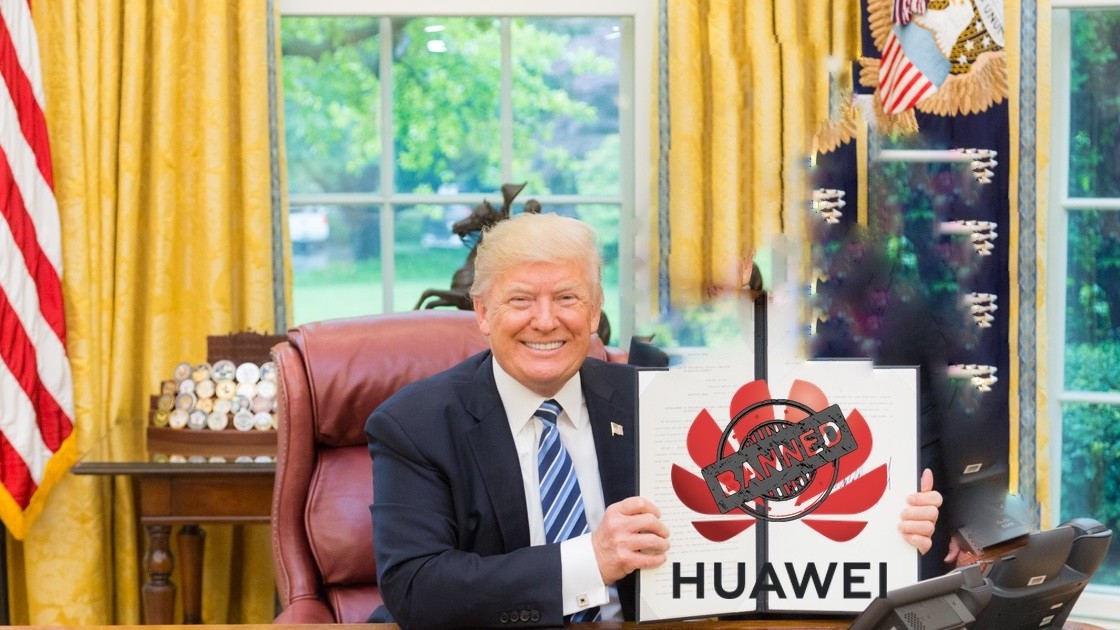
Weekly Perspective: Choices Other than Choosing Sides
Since 2007, U.S. naval ships have passed through the Taiwan Strait 93 times. During the latter period of Ma Ying-jeou’s time in office, the number of U.S. naval ships passing through the strait was higher than average, but the meaning of the ships’ visits was not the same. Now, the U.S. is looking to alter the structure of U.S.-China strategy. With the U.S. and the Communist Party of China currently engaged in confrontations involving trade and technology, as well as having competing strategies in the South China Sea, any small act affects this strategy. In short, the structure of this strategy determines how it is seen and what action will be taken.
Since the resignation of President Richard Nixon, the U.S., relying on its strength, has primarily adopted a policy of communicating to promote change. Even after the June 4 Incident, the U.S. government still did not give up on its expectations that China, would continue on the path of reform to push for political and social openness. At the time, China’s gross domestic product was only 8% of the United States’, but its prospects and prospective influence looked good. By 2018, the GDP had increased to 70%, with a leading trend in 5G technology. Last year, the CPC abolished presidential term limits — a move the U.S. regards as a return to centralized autocratic power.
Power transition theory emphasizes that the aggressor’s intention is the main cause of conflict. However, now it seems that the intent of the current hegemony is critical. To the U.S., China’s challenge is immediate and apparent. As Harvard professor Joseph Nye said, if you treat China as an enemy, it will become an enemy. U.S.-China confrontation is already greater than cooperation, and it will continue to be so for the long term.
White House National Economic Council Director Larry Kudlow believes that if the U.S-China trade and technology war continues to escalate and expand, both the U.S. and Chinese economies will suffer, but to different degrees. He further points out that the first to suffer when the U.S. increases tariffs are American importers and that American consumers will feel the effects. Taiwan’s economic development primarily relies on exports, more than half of which are sold to the U.S. and China. Thus, when the U.S. and Chinese economies suffer, Taiwan’s exports will certainly decline.
After Taiwanese President Tsai Ing-wen took office, she proposed the nominal strategy of maintaining the status quo between both sides of the strait. In actuality, she adopted a one-sided policy toward the U.S. to restrain China’s rise. In international politics, each nation’s government often adopts a two-handed risk-aversion strategy to safeguard national interests. For example, both Japan and South Korea have felt pressure from the U.S.-China trade and technology war. However, both have avoided picking sides as much as possible and have also endeavored to maintain and improve relations with China. After Taiwan picked sides, it became the focus of attention, which is actually detrimental.
Recently, the U.S. Congress passed a few bills that benefit Taiwan, and Donald Trump has also taken the initiative to play the Taiwan card. However, the purpose is primarily to express through internal affairs not love for Taiwan but defiance against China. And having the issue of Taiwan floating on the surface has given China an excuse to do things that hurt our national interests.
For example, the flights of CPC aircraft over the median line of the Taiwan Strait may become normalized. Their purpose is singular: Unless they are effectively stopped, they prove through action that the median line of the strait does not exist. Not only did Taiwanese aircraft scramble to intercept, using up air force resources, but the tacit agreement surrounding the median line was also broken. The Tsai government arguably has no solution for this.
Moreover, Taiwan’s space for international activity, opportunity for economic development and protection of people’s rights and interests in China will all be severely limited. Although Taiwan has received a friendly verbal commitment from the U.S., in exchange, it will receive real, long-term pressure from China. This is by no means the rational choice of international political realism.


